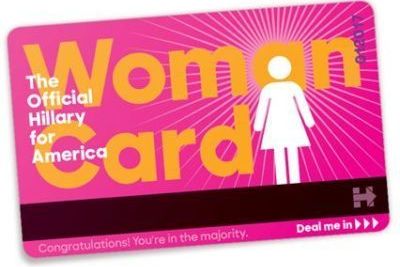On July 19-20, 1848, in Seneca Falls, New York, a group of about 300 activist women (and a few men) held the first women's rights convention in America. The meeting was organized by Elizabeth Cady Stanton and Lucretia Mott.
The goal for the convention, Stanton would later say, was to instigate the "greatest rebellion the world has ever seen."
Among those present and active at Seneca Falls was Frederick Douglas, the former slave and abolitionist leader, whose support of women's suffrage and rights never wavered, although he, Stanton and Susan B. Anthony disagreed as to whether women or black men should receive voting rights first.
At Seneca Falls, Stanton wrote and 100 of the approximately 300 assembled approved of the Declaration of Sentiments, which wasmodeled on the Declaration of Independence. Like the Declaration of Independence, the Declaration of Sentiments is a living document, inspiring the generations to follow.
Foralmost 3/4 of a century, women marched and struggled for the right to vote.
It would take 72 years until the 19th amendment -The right of citizens of the United states to vote shall not be denied or abridged by the United states or by any State on account of sex. Congress shall have power to enforce this article by appropriate legislation -- would pass. August 18, 1920.
On August 26, 1920, the Amendment took Effect, giving women the Right to Vote.
These are our roots.
Think of this history. Think of those who fought to give women the right to vote when we elect Hillary Clinton the 45th President of the United States on November 2016.
She will.
###
August 26, 2016
Bonus. Hillary's June ad saluting the women who fought...rereleasedtoday.
